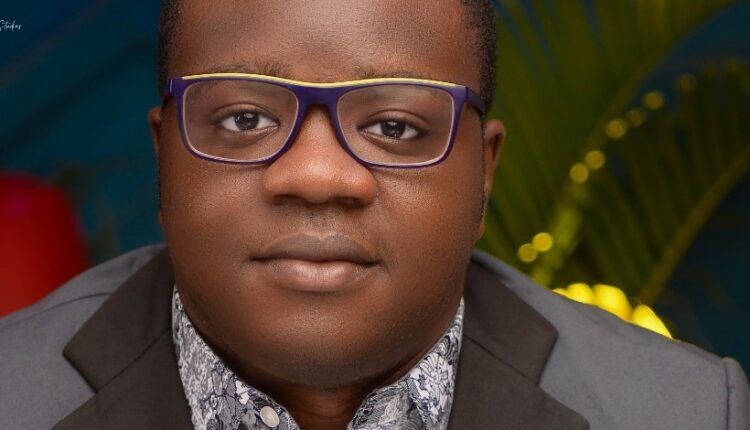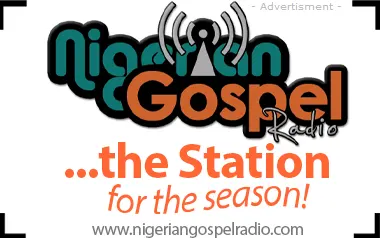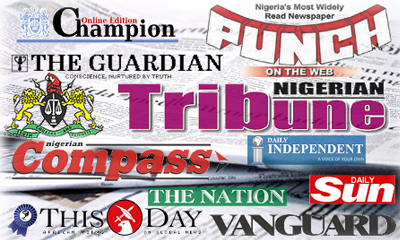Music has a unique ability to stir emotions, convey deep feelings, and connect people to something larger than themselves.
According to Barnabas Akindele, a church organist and classical musician and communications expert, ‘Nowhere is this more evident than in church hymns, where the combination of melody, lyrics, and harmony creates a powerful spiritual experience”.
He said, “One essential, yet often overlooked, aspect of this musical dynamic is tempo—the speed at which a hymn is performed. Tempo plays a vital role in shaping how hymns are interpreted, felt, and understood.
“At first, tempo might seem like a mere technical detail, determining whether a song should be fast or slow. However, its influence goes far beyond that. Tempo sets the tone for the entire hymn, affecting its emotional delivery and overall atmosphere. For example, a hymn sung at a slower pace can evoke a deep sense of reverence or introspection, while a faster tempo might inspire joy, praise, and an outpouring of faith”.
In Christian worship, church hymns are designed to touch the heart, evoke various emotions, and facilitate a spiritual connection. The choice of tempo becomes especially important in this setting, where it can either enhance or detract from the worship experience. Hymns like “Amazing Grace” or “Abide with Me” are often performed slowly, encouraging worshippers to reflect deeply on the lyrics and contemplate their relationship with the divine. The unhurried tempo creates space for meditation, allowing each word to sink in, fostering a spiritual communion with God.
“On the other hand, hymns such as “Joyful, Joyful, We Adore Thee” or “When the Roll is Called Up Yonder” are usually played at a faster tempo. The upbeat rhythm ignites a sense of excitement and celebration, encouraging the congregation to participate actively in worship. In this context, tempo isn’t just about musical timing—it becomes a vehicle for emotional expression, connecting the congregation through shared joy and praise.
Advertisement
“The tempo of a hymn and its lyrics are deeply intertwined. The tempo should align with the hymn’s message, enhancing the emotions conveyed through the words. A slow, contemplative hymn like “It Is Well with My Soul” needs a tempo that gives listeners time to absorb the meaning, while celebratory hymns such as “O Happy Day” or “How Great Thou Art” thrive on a faster pace that mirrors the exultant nature of their lyrics”.
The connection between tempo and lyrics, according to Barnabas, can turn a simple hymn into a profound spiritual experience. Thoughtful worship leaders take this into account when selecting tempos for hymns, ensuring that the pace aligns with both the music and the emotions the lyrics are meant to evoke.
“Tempo also has a direct impact on how the congregation engages with the music. When the tempo matches the mood and message of the hymn, worshippers are more likely to sing along, clap, or even move with the rhythm. A slow, solemn tempo can encourage quiet reflection, while a lively, fast tempo can invite more energetic participation. This makes tempo a crucial element in creating an inclusive, engaging worship experience.
“Choosing the right tempo is a delicate balancing act between tradition and interpretation. Some churches prefer to stick to the traditional tempos that have been used for generations, respecting the continuity of musical heritage. However, there is also room for creative interpretation, especially in contemporary worship settings. Musicians may experiment with different tempos to refresh familiar hymns, adjusting the pace to fit the mood of a particular service or occasion.
For example, a hymn sung slowly at a funeral may be performed more briskly during a celebration of life. This flexibility in tempo allows musicians and worship leaders to adapt the music to suit the context, making the hymns more relevant and impactful for the congregation”, he added.
Tempo, though often overlooked, is a powerful tool in musical interpretation, particularly in the context of church hymns. It shapes the emotional and spiritual atmosphere of worship, turning hymns into more than just songs—they become pathways to a deeper connection with the divine.
“Whether fast or slow, tempo has the ability to transform hymns into profound spiritual experiences, elevating the collective worship and drawing the congregation closer to God. Understanding its role allows musicians and worship leaders to create moments of worship that resonate deeply, strengthening the bridge between heaven and earth”, Barnabas explained.











